Then and Now
May 13, 2019Had I one word to describe our Temple,
The word used would undoubtedly be “white.”
The corridors inside all glow with light,
And purity within this space is ample.
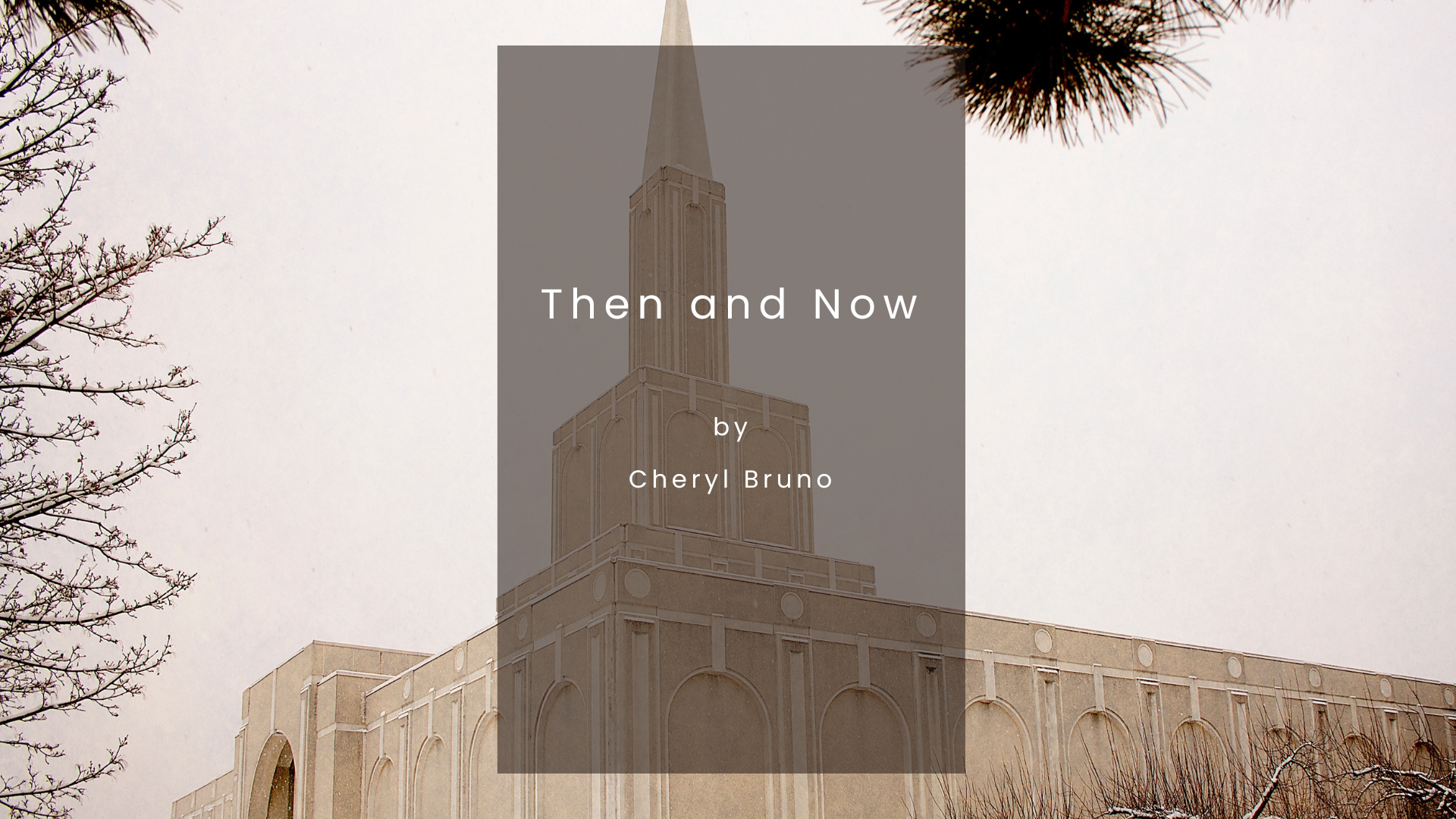
Had I one word to describe our Temple,
The word used would undoubtedly be “white.”
The corridors inside all glow with light,
And purity within this space is ample.
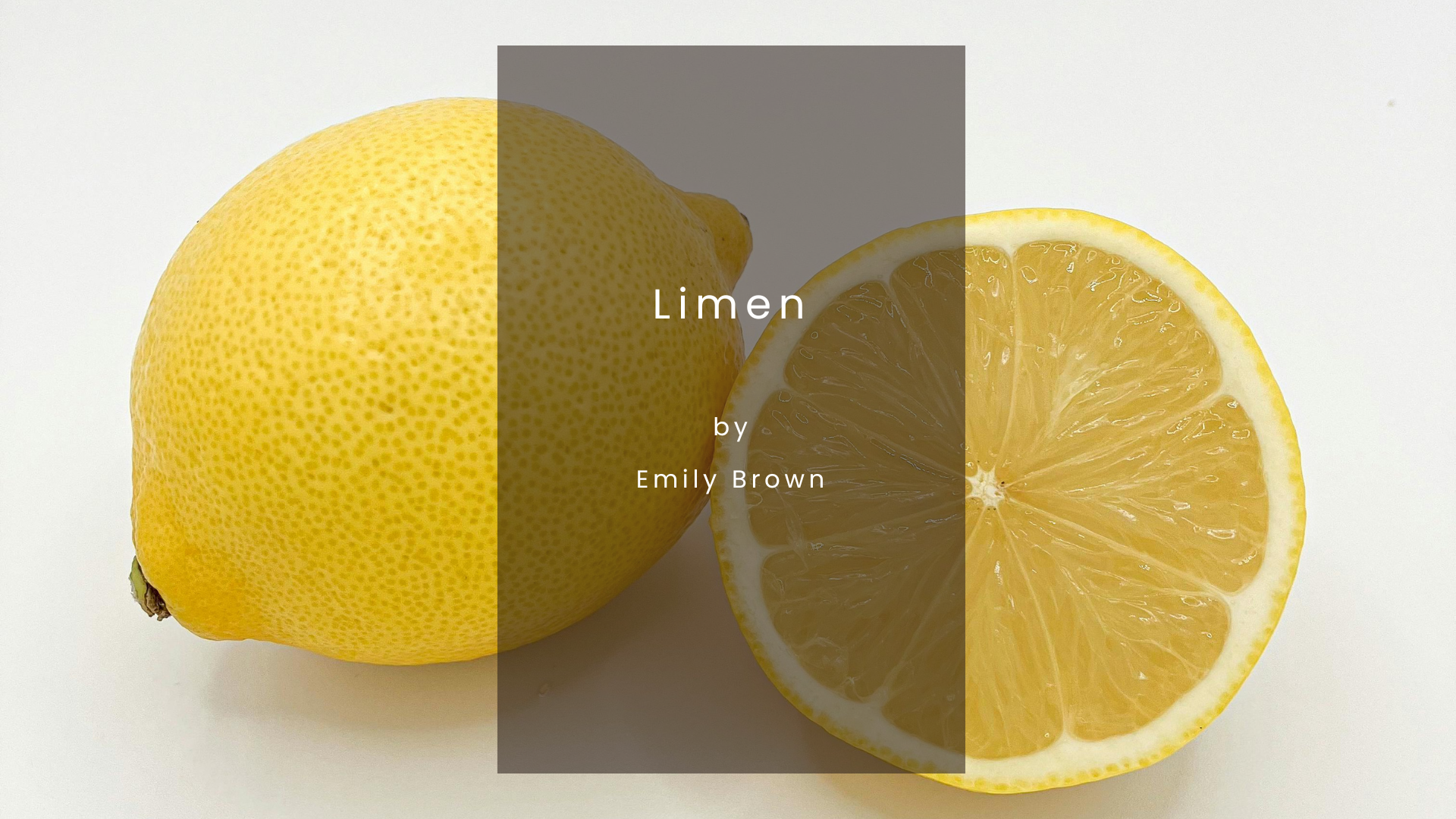
What I want is between softness and stone,
between god and Adam— what I want,
is something between fruits and meats.
I want to move on the water and out of the water,
I want to hang from the tree and rot in the earth.
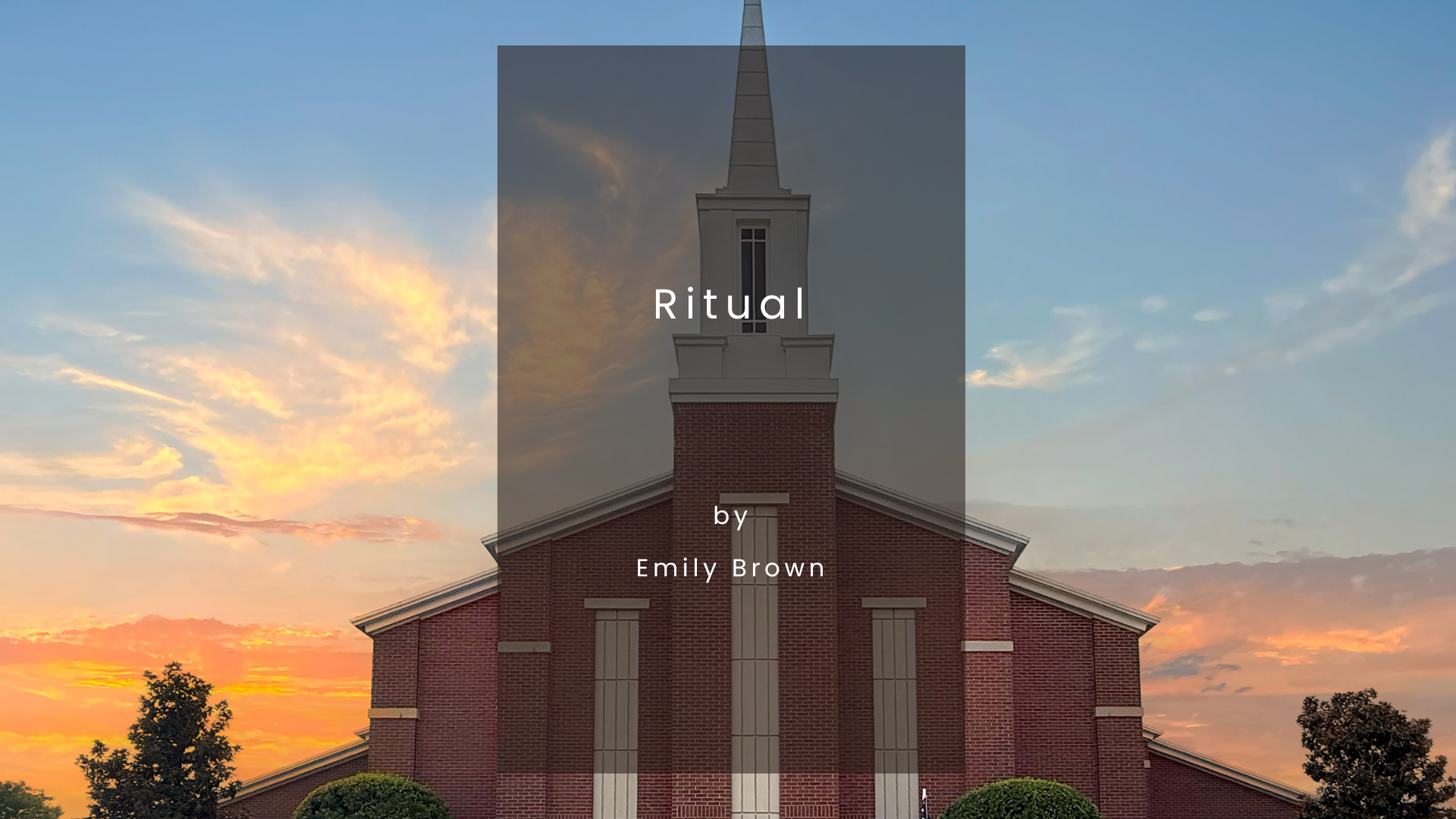
If a man has a dream and the dream is from God and the man writes a
play based on the dream, the God, and other things he believes to be Godly
If a man has an experience one might classify as transcendent and the
man tries to put that wordless vision into words and practices
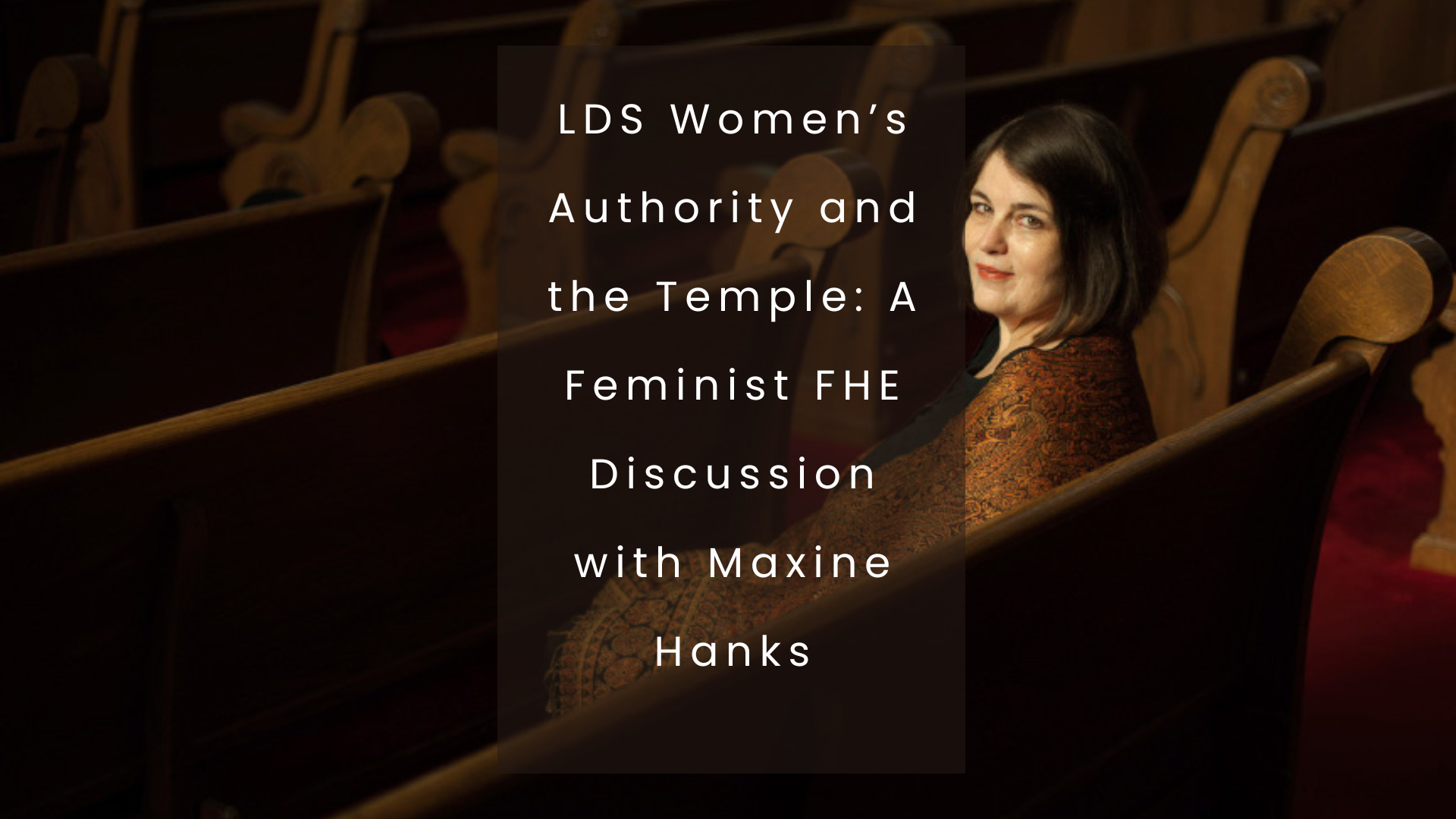
Dialogue 52.1 (Spring 2019): 45–76
A Feminist Family Home Evening discussion with Maxine Hanks regarding women in the church as seen through temple theology.
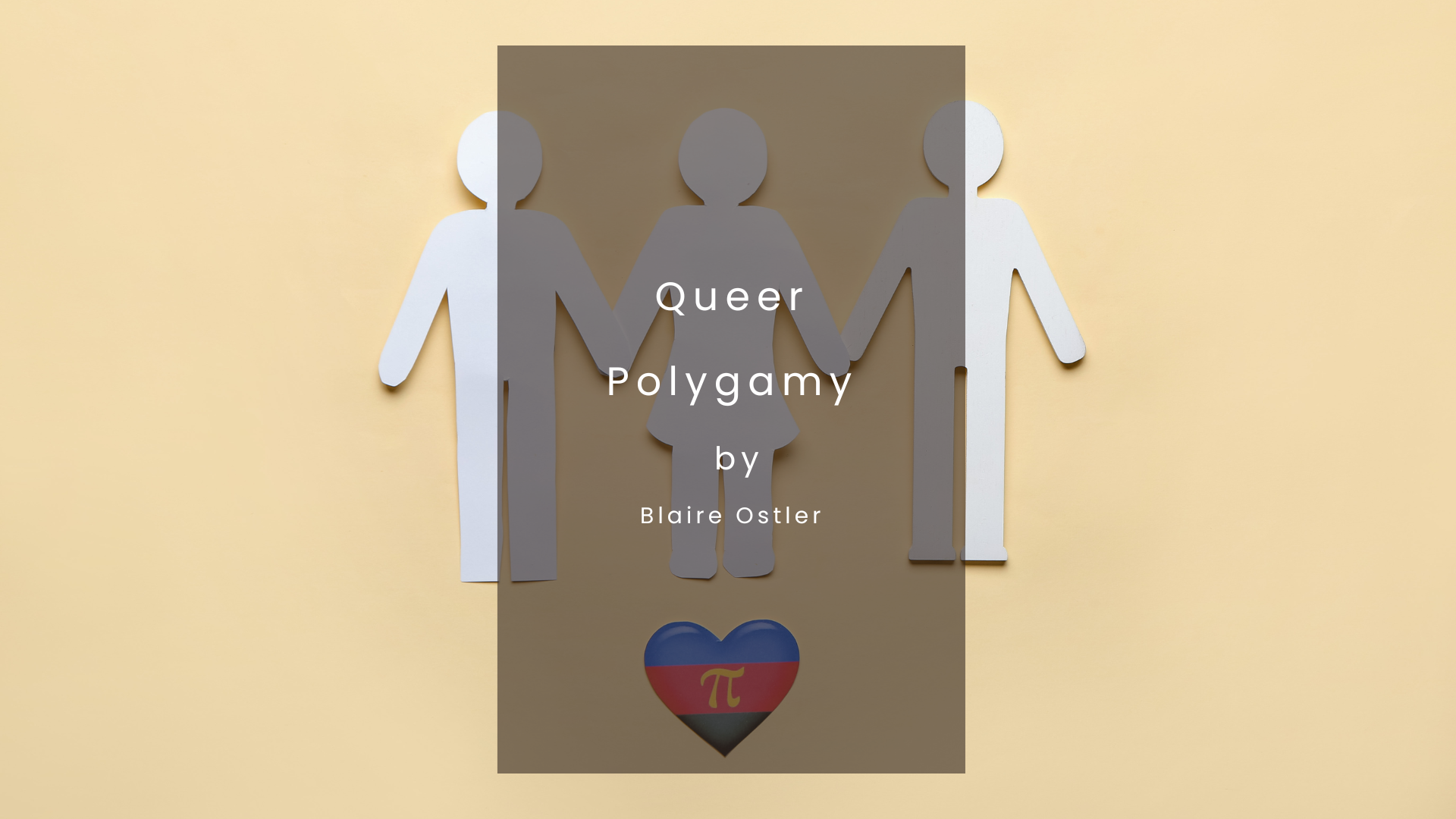
Dialogue 52.1 (Spring 2019): 33–43
Ostler addresses the problems with what she terms the “Standard Model of Polygamy.” She discusses how these problems might be resolved if it is put into a new type of model that she terms “Queer Polygamy.”
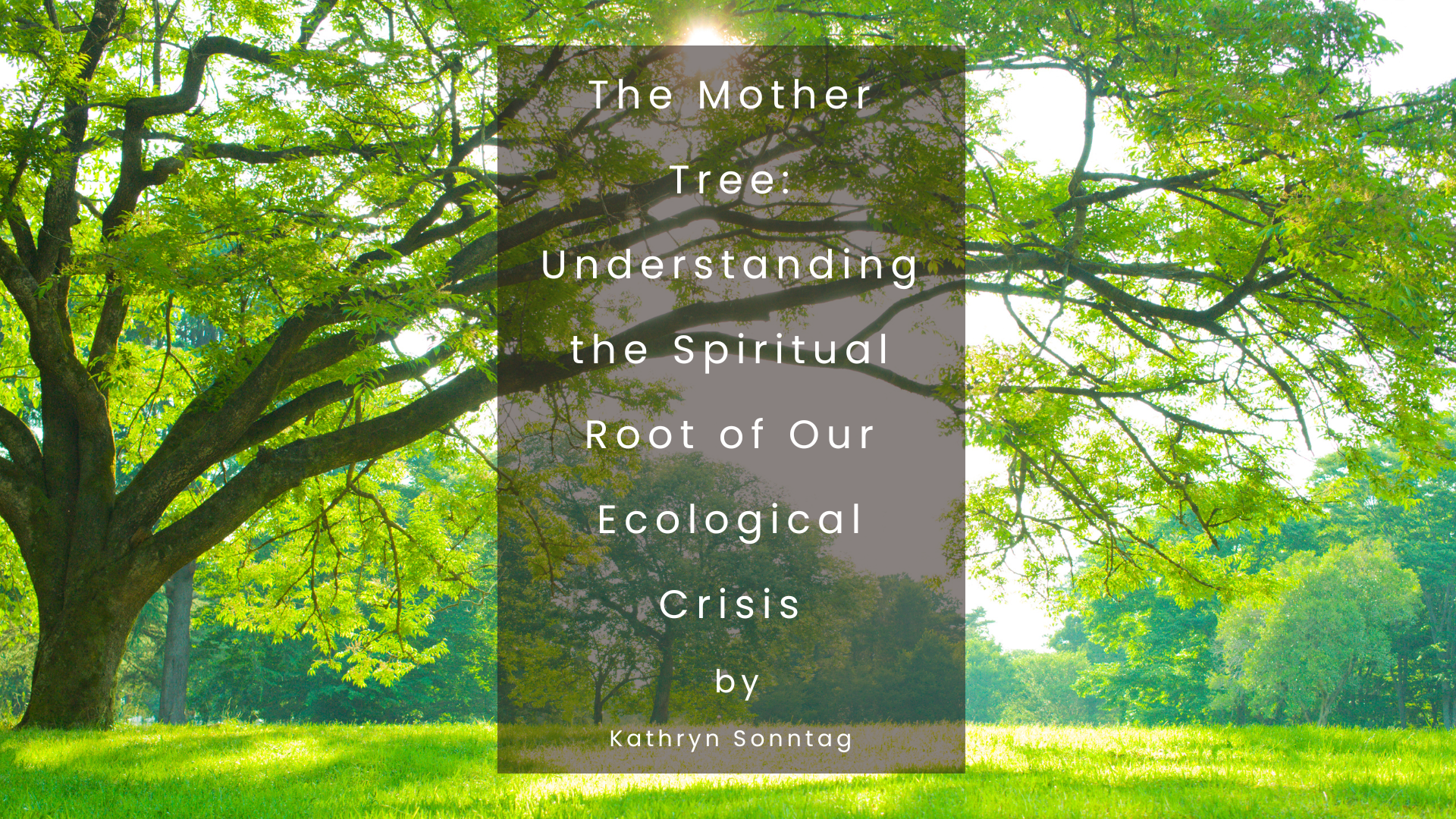
Dialogue 52.1 (Spring 2019): 17–32
But the experience of women as women, their wilderness crescent,
is unshared with men—utterly other—and therefore to men, unnatural.
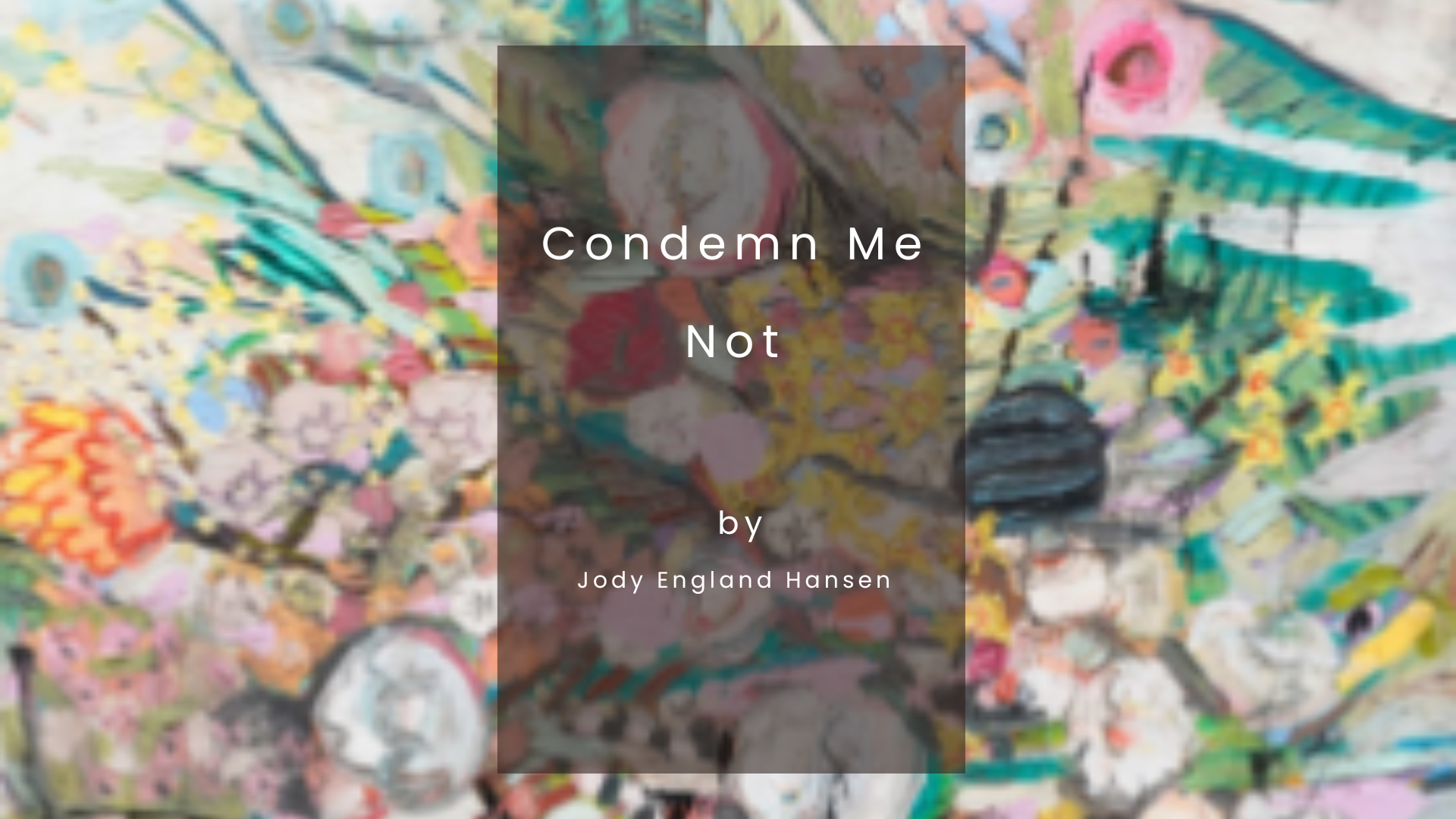
Dialogue 52.1 (Spring 2019): 17–32
I do not lend the weight of truth to the language of ritual. Such language is symbolic. But even in the context of symbolism, language that is so preferential toward men and dismissive of women—especially when such language more aptly demonstrates the bias of the writers than the purpose of the ritual—needs to be removed.

A Note from the Art Editor
Robert Greenwell, Letter to the Editor

Dialogue 51.4 (Winter 2018): 49–76
What of the Latter Day Saint movement that claimed to prophetically discern the times and seasons of these latter days and also boldly proclaimed that they were the restoration church?
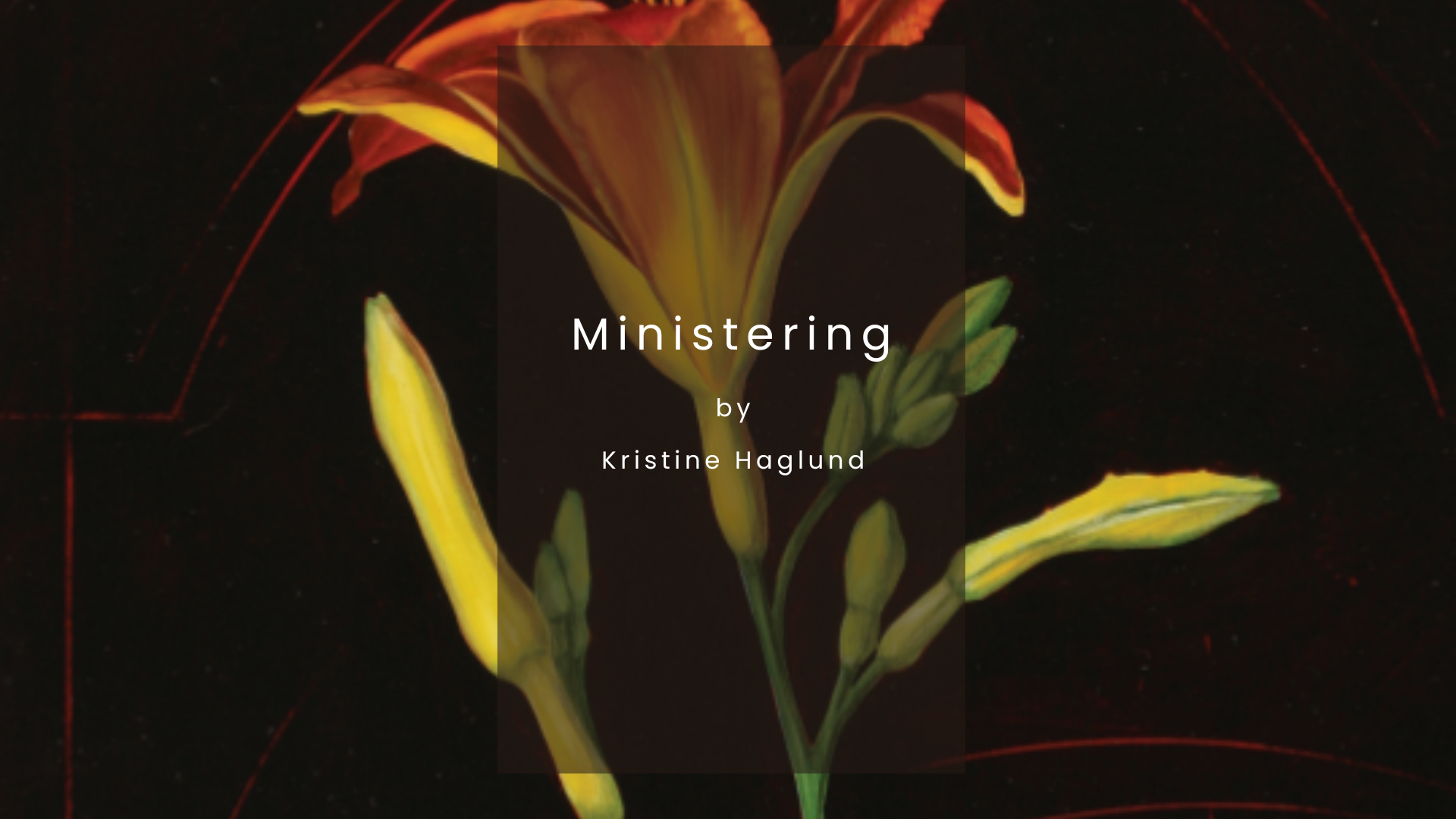
My assigned topic is “Ministering with the Power and Authority of God.” It’s a daunting topic, and one that requires a preliminary confession: when I hear the word “minister,” my most immediate and strongest association is with the Monty Python sketch about the Ministry of Silly Walks, so it has been good for me to research this topic and find some other associations to go with the word. We’ll get to etymology in a minute, but first a story from the scriptures—or, uh, from the New Yorker.